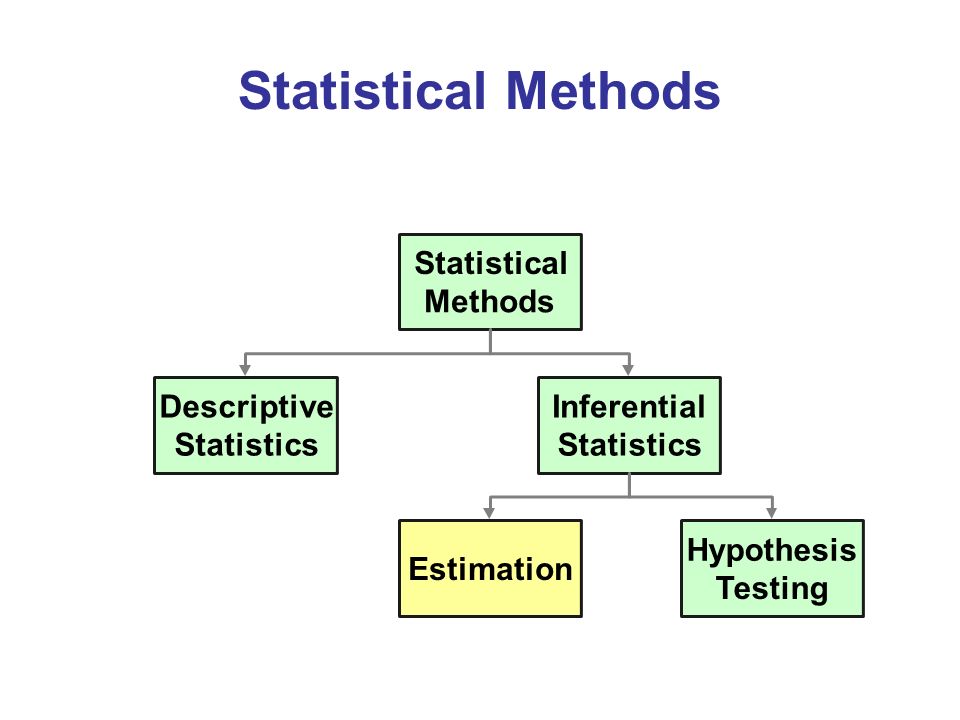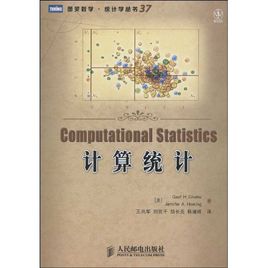Bayesian nonlinear mixed effects models for data in the form of continuous, repeated measurements from a population, also known as Bayesian hierarchical nonlinear models, are a popular platform for analysis when interest focuses on individual specific characteristics and relevant uncertainty quantification. Due to the limitation of computational power, this framework was relatively dormant until the late 1980s, but in recent years, the statistical research community saw vigorous development of new methodological and computational techniques for these models, the emergence of software, and wide application of the models in numerous industrial and academic fields. This article presents an overview of the formulation, interpretation, and implementation of Bayesian nonlinear mixed effects models and surveys recent advances and applications.
翻译:以连续、反复测量人口数据为形式的巴耶斯非线性非线性影响模型,又称巴耶斯非线性等级模型,是一个受欢迎的分析平台,当关注焦点集中在个别具体特点和相关的不确定性量化时,这一框架在计算能力的限制下相对处于休眠状态,直到1980年代后期,但近年来,统计研究界看到这些模型的新方法和计算技术的蓬勃发展,软件的出现,以及模型在许多工业和学术领域的广泛应用,文章概述了巴耶斯非线性混合效应模型的拟订、解释和实施情况,并调查了最近的进展和应用。




